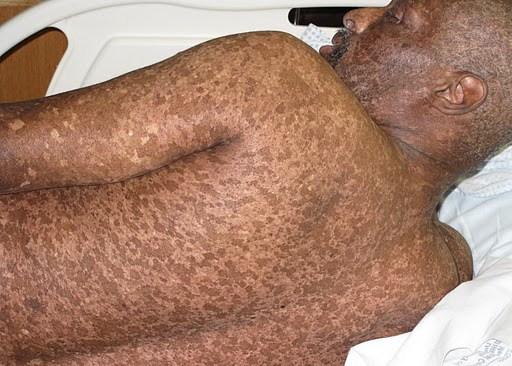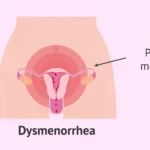Dyschromia refers to alterations in skin or nail coloration, encompassing both hyperpigmentation (darkening) and hypopigmentation (lightening). This condition can significantly impact an individual’s appearance and self-esteem, especially among those with skin of color. Understanding the underlying causes, types, and available treatments is essential for effective management.

Types of Dyschromia
- Hyperpigmentation
- Melasma: Characterized by brown to gray-brown patches, often appearing on the face. Common triggers include hormonal changes during pregnancy or the use of oral contraceptives.
- Post-Inflammatory Hyperpigmentation (PIH): Darkened spots that develop after skin inflammation or injury, such as acne, eczema, or trauma.
- Hypopigmentation
- Vitiligo: An autoimmune disorder leading to the loss of melanocytes, resulting in white patches on the skin.
- Post-Inflammatory Hypopigmentation: Lightened areas following skin damage or inflammation.
Causes of Dyschromia
The development of dyschromia can be attributed to various factors:
- Genetic Predisposition: Family history can play a significant role, particularly in conditions like melasma and vitiligo.
- Sun Exposure: Ultraviolet (UV) radiation stimulates melanin production, potentially leading to hyperpigmentation.
- Hormonal Changes: Fluctuations in hormone levels, especially estrogen and progesterone, can trigger melasma.
- Medications: Certain drugs can induce photosensitivity, increasing the risk of pigmentation changes.
- Inflammation or Injury: Skin conditions or trauma can disrupt melanin production, resulting in hyperpigmentation or hypopigmentation.
Diagnosis
Accurate diagnosis involves a thorough medical history and physical examination. Dermatologists may employ tools like Wood’s lamp examination to assess pigmentation changes more precisely.
Treatment Options
Management strategies depend on the type and cause of dyschromia:
- Topical Agents
- Hydroquinone: A skin-lightening agent that inhibits melanin production.
- Retinoids: Promote cell turnover, aiding in the fading of hyperpigmented spots.
- Corticosteroids: Reduce inflammation that may contribute to pigmentation changes.
- Azelaic Acid and Kojic Acid: Natural compounds with skin-lightening properties.
- Procedural Interventions
- Chemical Peels: Utilize acids to exfoliate the skin, promoting the growth of new, evenly pigmented skin.
- Laser Therapy: Targets pigmented areas to break down excess melanin.
- Microdermabrasion: A mechanical exfoliation technique that removes the outermost skin layer.
- Sun Protection
- Regular use of broad-spectrum sunscreens with SPF 30 or higher is crucial to prevent further pigmentation changes.
Considerations for Skin of Color
Individuals with darker skin tones may face unique challenges:
- Increased Risk of PIH: Due to higher melanin content, even minor injuries can lead to noticeable hyperpigmentation.
- Treatment Response: Some therapies may carry a higher risk of causing hypopigmentation or further hyperpigmentation. It’s essential to consult with a dermatologist experienced in treating skin of color.

